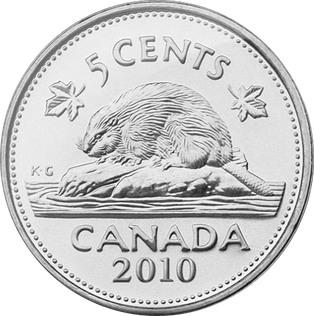27 March 2024
When I moved to Canada in 2010, I soon discovered that legislative districts there are known as ridings. At first, I assumed the name came from the distance one could ride to get to the polls, but me being me, I had to look it up, and I discovered that the word goes back to pre-Conquest England. And the English county of Yorkshire, until quite recently, was divided into three districts known as ridings.
The Present-Day riding is a variation on trithing, which is from the Old Norse þriðjungr, meaning third part. Under the Danelaw, the portion of England ruled by the Danes prior to the Norman Conquest, English counties were divided into three administrative districts. The Old English form would be *þriðing or*þriding, but the word does not appear in the extant corpus. We do, however, see it in Anglo-Latin texts from the pre-Conquest period. The Laws of Edward the Confessor (1003–66) use the Latin trehingas and trehingref, who would be the governor of the district, a word that corresponds to sheriff, or shire-reeve who administers a shire:
Erant et alie potestates super wapentagiis quas trehingas vocabant, scilicet, terciam partem provincie, et qui super ipsam dominabantur, trehingref.
(There were also other authorities governing the wapentakes, which they called trehingas, namely, the third part of the province, and those who ruled over it, the trehingref.)
And the Yorkshire districts of Estreding, NortTreding, and Westreding are named in the 1086 Domesday Book. The Yorkshire ridings were officially abolished in 1974, but the East Riding was reestablished as an administrative district in 1996.
The word was imported into Canada in the late eighteenth century. It’s used in a 1792 proclamation by Governor John Simcoe, governor of Upper Canada, in which he divides the county of Glengarry (now in Ontario) into three legislative districts:
And know ye, also, that our said lieutenant-governor hath also declared and appointed, and doth hereby declare and appoint, that for the purposes of representation, the said county of Glengary, bounded as aforesaid, shall be divided into two ridings.
Sources:
Dictionary of Canadianisms on Historical Principles, first edition (DHCP-1), 1967, s.v. riding, n.
“Leges Regis Edwardi Confessoris,” § 31. In Benjamin Thorpe. Ancient Laws and Institutes of England, vol. 1 of 2. 1840, 196. Google Books.
Mills, A.D. A Dictionary of English Place-Names. Oxford, Oxford UP, 1991, 272, s.v. Riding, East, North, and West.
Oxford English Dictionary, third edition, June 2010, s.v. riding, n.2.; second edition, 1989, s.v. trithing, n.
Simcoe, John Graves. “Proclamation” (16 July 1792). Fourth Report of the Bureau of Archives for the Province of Ontario. Alexander Fraser, ed. Toronto: L. K. Cameron, 1907, 180. HathiTrust Digital Archive.
Smith, A. H. The Place-Names of the North Riding of Yorkshire. English Place-Name Society 5. Cambridge, UK: Cambridge UP, 1928, 1. HathiTrust Digital Archive.
Image credit: Lyraaaaaa, 2023. Wikimedia Commons. Used under a Creative Commons Attribution-Share Alike 4.0 International license.





